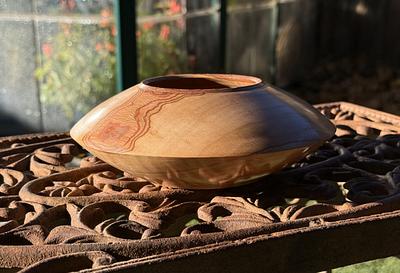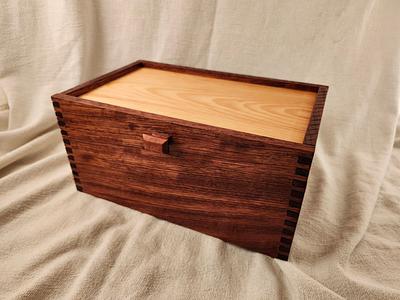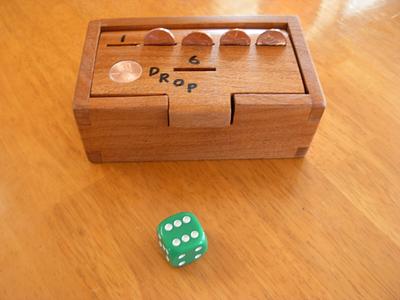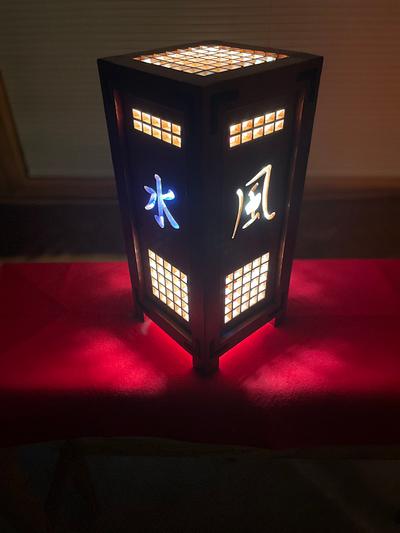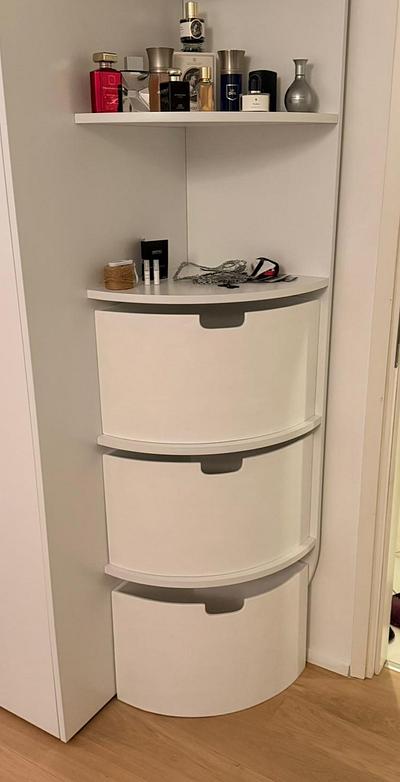Share your craft projects
Make new craft buddies
Ask craft questions
Blog your craft journey
Woodworking 101: Answering Your Top 10 Questions
Woodworking is a timeless craft that has captured the imagination of generations. Whether you're a seasoned pro or just starting out, there are always questions to be answered. In this article, we'll delve into the 10 most common woodworking questions to help you on your journey of creating beautiful, functional pieces.
-
What Tools Do I Need to Start Woodworking?
The essential tools for woodworking include a saw (such as a circular saw or table saw), a chisel set, a hammer, measuring tools (like a tape measure and combination square), and sandpaper. As you progress, you may want to invest in additional tools like a router, power drill, and clamps. -
What Type of Wood Should I Use?
The type of wood you use depends on your project and desired outcome. Softwoods like pine and cedar are easier to work with and less expensive, making them great for beginners. Hardwoods like oak and maple are more durable and offer a beautiful finish but can be more challenging to work with. -
How Do I Choose the Right Wood for My Project?
Consider factors such as the project's intended use, appearance, and budget. Research different wood species to understand their characteristics, including grain pattern, hardness, and suitability for specific applications. -
What Safety Precautions Should I Take?
Safety should always be a top priority in woodworking. Wear appropriate protective gear such as safety glasses, hearing protection, and a dust mask. Familiarize yourself with each tool's safety features and follow proper usage guidelines. Keep your workspace clean and well-lit to minimize accidents. -
How Do I Read Woodworking Plans?
Woodworking plans typically include detailed diagrams, measurements, and step-by-step instructions. Start by familiarizing yourself with the plan's layout and terminology. Pay close attention to dimensions, joinery techniques, and any special instructions or notes provided. -
What Are Common Wood Joinery Techniques?
Wood joinery techniques are used to connect pieces of wood together. Common methods include butt joints, dado joints, mortise and tenon joints, dovetail joints, and biscuit joints. Each technique has its strengths and is suited to different types of projects. -
How Do I Prevent Wood from Splitting?
To prevent wood from splitting, use sharp tools and drill pilot holes before driving screws or nails. Avoid placing fasteners too close to the wood's edge, as this can weaken the material. Additionally, acclimate your wood to the surrounding environment to minimize moisture-related issues. -
How Can I Achieve a Smooth Finish?
Achieving a smooth finish involves proper sanding techniques and choosing the right grit sandpaper for the job. Start with a coarse grit to remove imperfections, then progressively move to finer grits for a smoother surface. Consider using a wood conditioner or pre-stain to enhance the wood's appearance before applying a finish. -
What's the Best Way to Protect Wood from Damage?
Protecting wood from damage involves applying a finish or sealer to seal the wood's pores and provide a protective barrier against moisture, stains, and wear. Common wood finishes include varnish, polyurethane, shellac, and lacquer. Choose a finish that complements your project and offers the desired level of protection. -
How Do I Troubleshoot Common Woodworking Problems?
Common woodworking problems include tearout, uneven staining, and misaligned joints. To troubleshoot these issues, identify the root cause and adjust your techniques accordingly. For example, to prevent tearout, try using a sharper blade or adjusting the direction of your cuts.
In conclusion, woodworking is a rewarding hobby that offers endless opportunities for creativity and skill development. By addressing these common questions and honing your woodworking skills, you'll be well on your way to crafting beautiful and functional pieces that you can be proud of for years to come. Happy woodworking!









